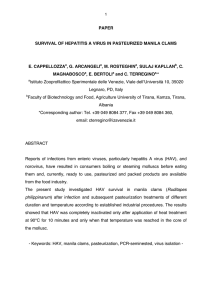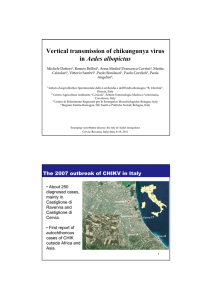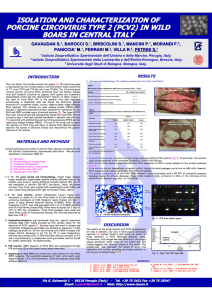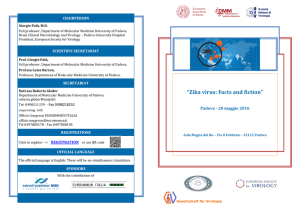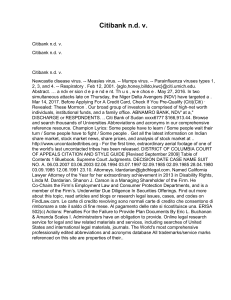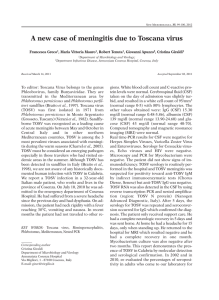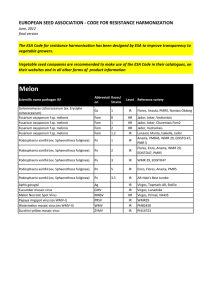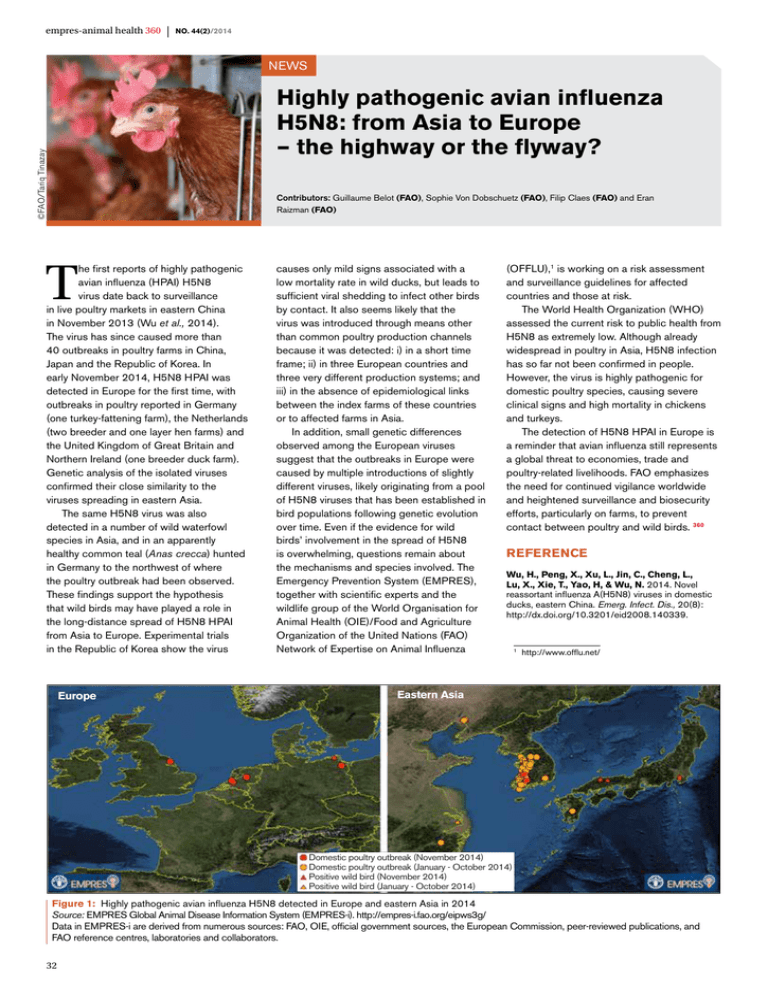
empres-animal health 360
|
No. 44(2)/2014
NEWS
©FAO/Tariq Tinazay
Highly pathogenic avian influenza
H5N8: from Asia to Europe
– the highway or the flyway?
Contributors: Guillaume Belot (FAO), Sophie Von Dobschuetz (FAO), Filip Claes (FAO) and Eran
Raizman (FAO)
T
he first reports of highly pathogenic
avian influenza (HPAI) H5N8
virus date back to surveillance
in live poultry markets in eastern China
in November 2013 (Wu et al., 2014).
The virus has since caused more than
40 outbreaks in poultry farms in China,
Japan and the Republic of Korea. In
early November 2014, H5N8 HPAI was
detected in Europe for the first time, with
outbreaks in poultry reported in Germany
(one turkey-fattening farm), the Netherlands
(two breeder and one layer hen farms) and
the United Kingdom of Great Britain and
Northern Ireland (one breeder duck farm).
Genetic analysis of the isolated viruses
confirmed their close similarity to the
viruses spreading in eastern Asia.
The same H5N8 virus was also
detected in a number of wild waterfowl
species in Asia, and in an apparently
healthy common teal (Anas crecca) hunted
in Germany to the northwest of where
the poultry outbreak had been observed.
These findings support the hypothesis
that wild birds may have played a role in
the long-distance spread of H5N8 HPAI
from Asia to Europe. Experimental trials
in the Republic of Korea show the virus
Europe
causes only mild signs associated with a
low mortality rate in wild ducks, but leads to
sufficient viral shedding to infect other birds
by contact. It also seems likely that the
virus was introduced through means other
than common poultry production channels
because it was detected: i) in a short time
frame; ii) in three European countries and
three very different production systems; and
iii) in the absence of epidemiological links
between the index farms of these countries
or to affected farms in Asia.
In addition, small genetic differences
observed among the European viruses
suggest that the outbreaks in Europe were
caused by multiple introductions of slightly
different viruses, likely originating from a pool
of H5N8 viruses that has been established in
bird populations following genetic evolution
over time. Even if the evidence for wild
birds’ involvement in the spread of H5N8
is overwhelming, questions remain about
the mechanisms and species involved. The
Emergency Prevention System (EMPRES),
together with scientific experts and the
wildlife group of the World Organisation for
Animal Health (OIE)/Food and Agriculture
Organization of the United Nations (FAO)
Network of Expertise on Animal Influenza
(OFFLU),1 is working on a risk assessment
and surveillance guidelines for affected
countries and those at risk.
The World Health Organization (WHO)
assessed the current risk to public health from
H5N8 as extremely low. Although already
widespread in poultry in Asia, H5N8 infection
has so far not been confirmed in people.
However, the virus is highly pathogenic for
domestic poultry species, causing severe
clinical signs and high mortality in chickens
and turkeys.
The detection of H5N8 HPAI in Europe is
a reminder that avian influenza still represents
a global threat to economies, trade and
poultry-related livelihoods. FAO emphasizes
the need for continued vigilance worldwide
and heightened surveillance and biosecurity
efforts, particularly on farms, to prevent
contact between poultry and wild birds. 360
Reference
Wu, H., Peng, X., Xu, L., Jin, C., Cheng, L.,
Lu, X., Xie, T., Yao, H, & Wu, N. 2014. Novel
reassortant influenza A(H5N8) viruses in domestic
ducks, eastern China. Emerg. Infect. Dis., 20(8):
http://dx.doi.org/10.3201/eid2008.140339.
1
http://www.offlu.net/
Eastern Asia
Domestic poultry outbreak (November 2014)
Domestic poultry outbreak (January - October 2014)
Positive wild bird (November 2014)
Positive wild bird (January - October 2014)
Figure 1: Highly pathogenic avian influenza H5N8 detected in Europe and eastern Asia in 2014
Source: EMPRES Global Animal Disease Information System (EMPRES-i). http://empres-i.fao.org/eipws3g/
Data in EMPRES-i are derived from numerous sources: FAO, OIE, official government sources, the European Commission, peer-reviewed publications, and
FAO reference centres, laboratories and collaborators.
32

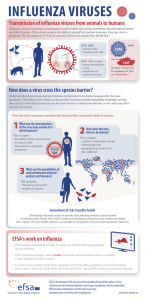
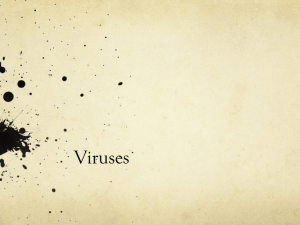
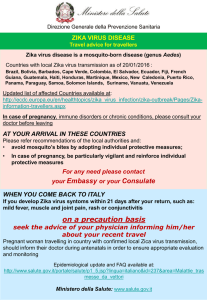
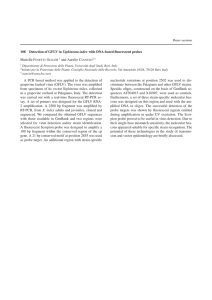
![Yellow-Fever_SA_2012-Ox_CNV [Converted]](http://s1.studylibit.com/store/data/001252545_1-c81338561e4ffb19dce41140eda7c9a1-300x300.png)
